About 37 in 1 Sensors Kit for Arduino
This 37 in 1 Sensors Kit compatible with Arduino is supplied with a variety of sensors that are compatible with Arduino Boards. This is the most complete performance starter kit with all the essential Arduino sensors.This kit contains excellent products that are compatible with Arduino. You can find the best sensors, whether you’re a beginner or an expert in this field, and use them to create the best DIY projects on your own. Prototyping will be easy and fun-loving with this Kit.
In this kit, you will get a variety of electronic components that can be used to construct or enhance your knowledge of many types of electronic components. Out of the box, the kit has a product’s 5V Channel Relay Module, a Temperature and humidity sensor module, etc.
Features :
- For beginners who are interested in Arduino
- A complete set of Arduino’s most common and useful electronic components
- The infrared sensor receiving module
- Laser sensor module
- Temperature and humidity sensor module
- Infrared sensor module
- 5v relay module
- Obstacle avoidance sensor module.
Package Includes :
- Temperature sensor module
- Vibration switch module
- Hall magnetic sensor module
- Key switch module
- Infrared emission sensor module
- Laser sensor module
- Small passive buzzer module
- 3-color full-color LED SMD modules
- Photo interrupter module
- 2-color LED module
- Active buzzer module
- Temperature sensor module
- Temperature and humidity sensor module
- 3-color LED module
- Mercury open optical module
- Photo resistor module
- 5V relay module
- Tilt switch module
- Mini magnetic reed modules
- Infrared sensor receiver module
- XY-axis joystick module
- Linear magnetic Hall sensors
- Reed module
- Flame sensor module
- Magic light cup module
- Temperature sensor module
- 5mm red and green LED (common cathode) module
- Knock sensor module
- Obstacle avoidance sensor module
- TCRT5000L sensor module
- Automatic flashing colorful LED module
- Analog Hall magnetic sensor module
- Metal touch sensor module
- Sensitive small microphone sensor module
- Sensitive Big microphone sensor module
- Finger measuring heartbeat module
- Rotary encoder module
What are the uses of Arduino compatible sensors and modules?
Arduino sensors and modules offer a wide range of possibilities for creating interactive projects and systems. Here are some examples of what you can do with Arduino sensors and modules:
- Environmental monitoring: Arduino sensors such as temperature, humidity, light, and air quality sensors can be used to create a system that monitors and records environmental conditions in real-time. This data can be used for analysis, automation, or alerting purposes.
- Home automation: Arduino modules can be used to control various aspects of home automation, such as controlling lights, appliances, and security systems. For example, you can use Arduino with motion sensors to automatically turn on lights when someone enters a room.
- Weather stations: Arduino can be used to build weather stations that collect data on temperature, humidity, air pressure, rainfall, and wind speed. The data can be displayed on an LCD screen or transmitted to a computer for further analysis.
- Robotics: Arduino can be the brain of a robot, connecting and controlling various sensors and actuators. With Arduino, you can build robots that respond to their environment using sensors such as ultrasonic, infrared, or line-following sensors.
- Data logging: Arduino can be used to log data from sensors and store it in an SD card or send it to a computer for analysis. This can be useful in scientific experiments, environmental monitoring, or data-driven projects.
- Home security: Arduino can be used to create a security system that includes sensors such as motion detectors, door/window sensors, and security cameras. The Arduino can monitor these sensors and trigger alarms or send notifications when unauthorized access is detected.
- IoT (Internet of Things) applications: Arduino can be used in conjunction with Wi-Fi or Ethernet modules to create IoT devices. You can connect your Arduino project to the internet and control it remotely or send sensor data to cloud platforms for analysis and visualization.
- Interactive installations: Arduino sensors and modules can be used to create interactive art installations or exhibits. For example, you can use proximity sensors to trigger different sound or light effects based on the presence or movement of people.
- Health monitoring: Arduino sensors can be used for health monitoring applications, such as heart rate monitoring, blood pressure measurement, or sleep tracking. These sensors can collect data and provide insights for personal health management.


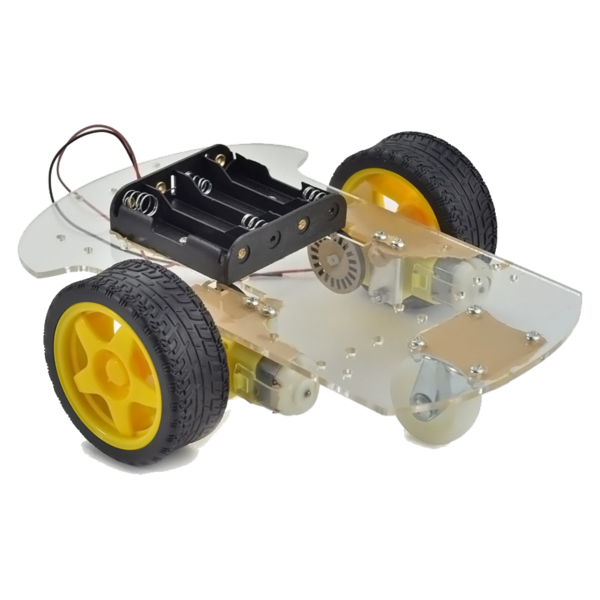
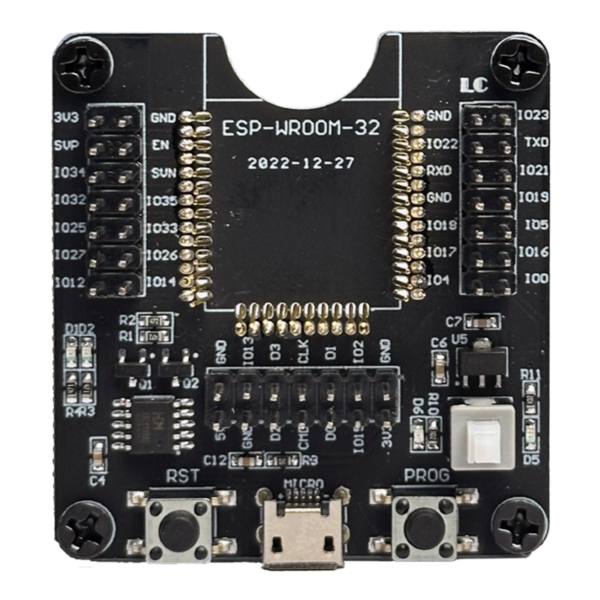
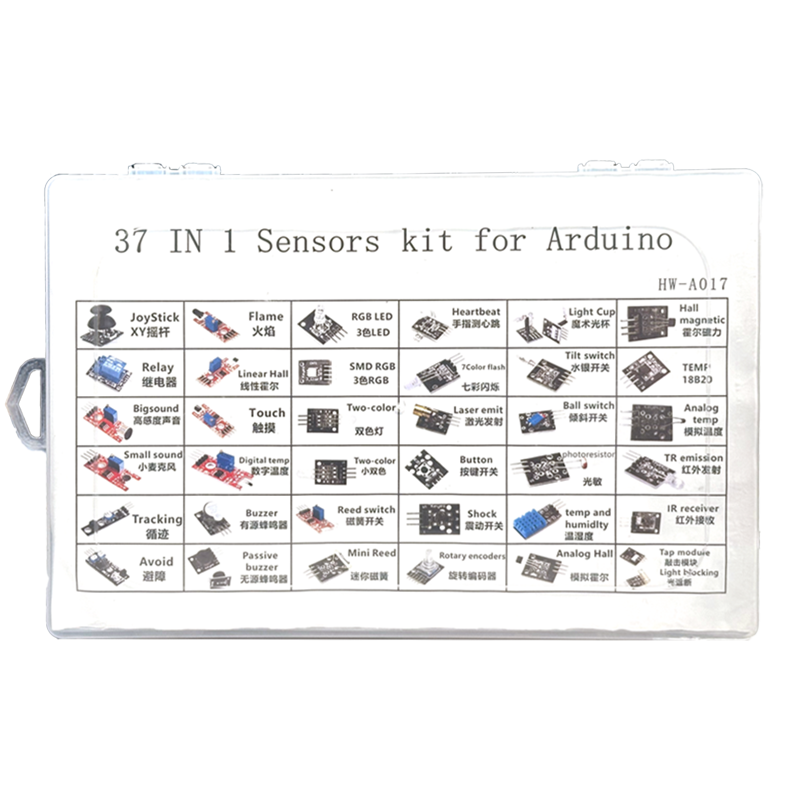
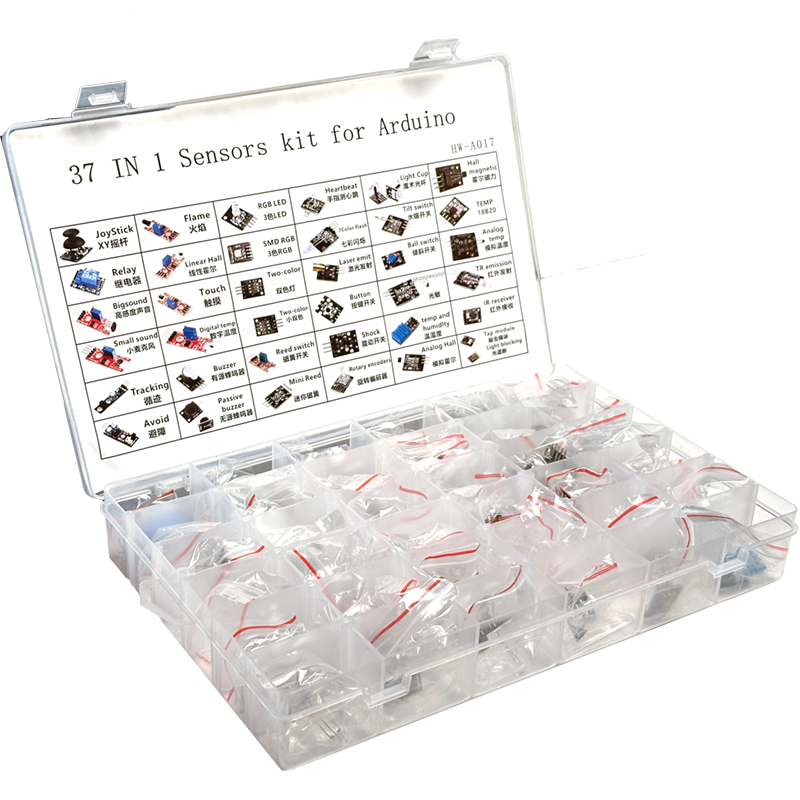




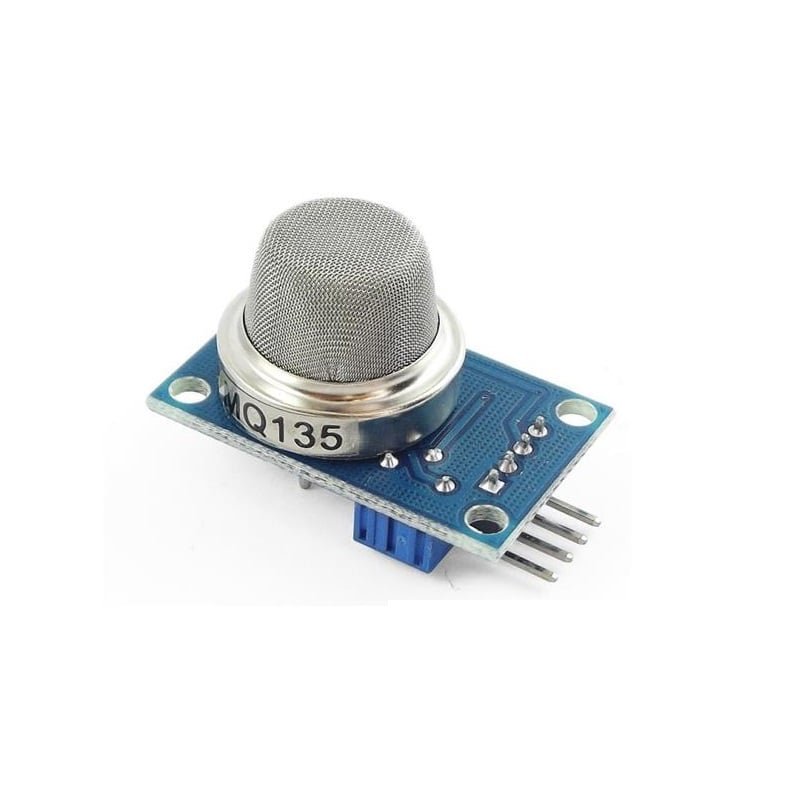


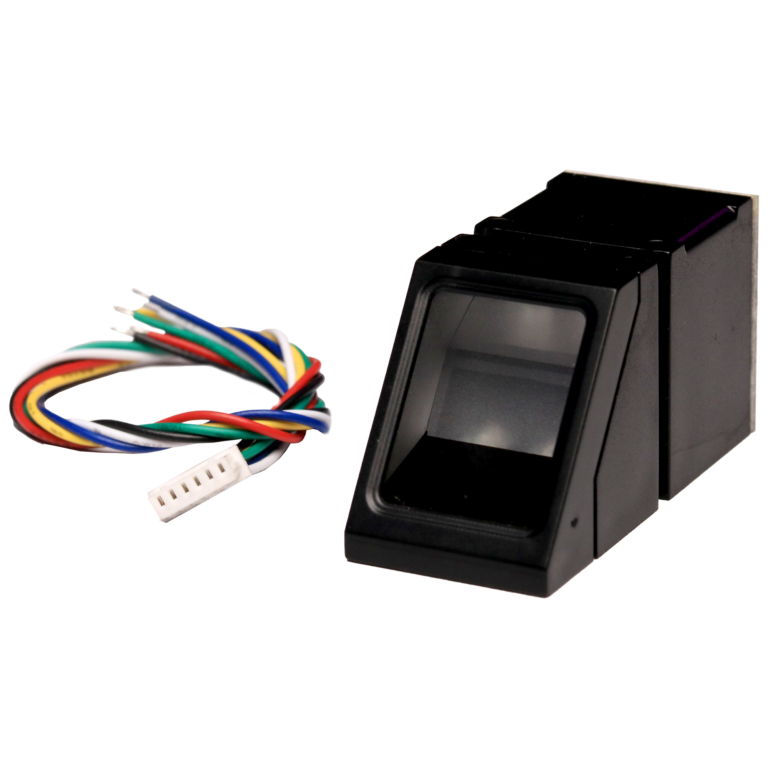
Reviews
Clear filtersThere are no reviews yet.